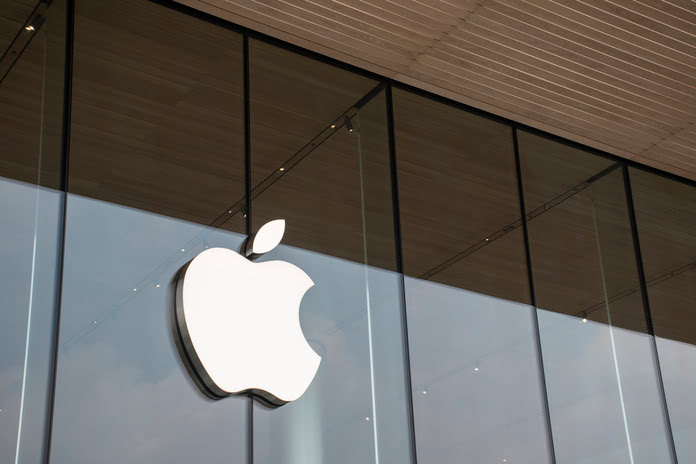Apple Inc. (NASDAQ:AAPL)
Every action causes a stir when you are the largest corporation on the planet. Investors couldn’t help but take note of the news that Apple Inc.’s (NASDAQ:AAPL) PC business shipments likely fell by 40% year over year in Q1 2023. The reduction was magnified because it occurred sooner than anticipated and was steeper than those at other PC manufacturers, including HP Inc. and Dell Technologies Inc.
Investors’ feelings toward Apple are…nervous. Apple stock investors may wonder if and when the other shoe will drop since the company has been such a stalwart for a long time. Its performance and valuations have held up so well (relatively speaking) even during the 2022 “tech wreck.”
What does this new information signify for Apple?
Struggling Business Sector
The PC industry is being buffeted by strong economic headwinds. In a recent article, research company Gartner gave a bleak picture of the status of the sector throughout the world.
Consumers overbought PCs during the height of the epidemic when they were confined inside with nothing to do, dragging sales into the future, making the PC industry the latest market caught in the jaws of several negative factors. Furthermore, recession worries intensify when consumers and business customers slow the rate at which they replace outdated devices. Keeping computers operational for longer helps businesses save money.
As a result, the sector is in a perfect storm, with consumers deferring purchases until tomorrow despite an urgent need to do so now.
Let’s evaluate Apple’s market standing against this background. According to Gartner’s projections, Apple possessed 17% of the U.S. market in the fourth quarter of 2022, putting it in third position after HP (with 23%) and Dell (26%).
Next, consider how Apple stands itself from the competition by charging higher prices. A moderately equipped Mac costs little over $1,000, whereas a similarly equipped PC can be had for roughly $600. (and yes, we know that the rabbit hole on “comparable” PCs can get quite deep–we are assuming an average user with average needs and very little required in the way of specialization in this scenario).
Finally, it’s good knowledge that Apple’s PC products outperform other brands. (another potential rabbit hole here, but again we are considering an average amount of use).
As a result of these factors, it’s not shocking to assume that Apple’s personal computer sales would drop more precipitously than its competitors. When times are tight, people tend to cut down on spending, and it makes perfect sense for them to choose the $600 choice over the $1,000 one if that is all they can afford.
One of Apple’s biggest advantages (its longevity) is working against the company by lowering demand for the device.
As some nervous investors have speculated, is this the other shoe waiting to drop?
Classifying Income Sources
Mac ranked last in revenue, falling from the previous year’s $10.8 billion to a measly $7.7 billion. Mac sales were a little under 7% of Apple’s total throughout the Christmas season.
Let’s think about why this is making news, too: Apple’s PC sales are predicted to drop by 40% yearly. So, to make a fair comparison, let’s look at Apple’s revenue in the second quarter of 2022.
Apple’s Mac division had revenue of $10.4 billion in the quarter ending in March 2022. For the quarter ending in March 2023, if Mac segment sales drop by 40% from that level, it will be $6.24 billion.
Levers to Move
Investors should avoid assuming Apple management would sit idly by while the business loses market share significantly since Apple is just like any other company.
As a result, according to DigitalTrends, Apple has begun offering price cuts on a few of its Mac computers. This is likely to boost sales of certain items and, secondarily, to prevent the dreaded accumulation of unused stock.
Of course, price cuts aren’t the only choice. Another option is for the corporation to broaden its payment plans to Mac buyers. Apple’s current payment plan for Mac goods is 12 monthly installments. Extending payments by a few months would be an easy method to decrease the payments for price-sensitive purchasers until demand normalizes.
Conclusion
A predicted decrease of 40% in sector sales would certainly cause concern. However, Apple Inc. is in a better position than its pure-play PC counterparts to weather the PC market weakness since its PC division accounts for less than 10% of total sales.
You can read our early March piece on why we think Apple is unique among its competitors and why we still hold to that premise today here.
We also stress the importance of investors keeping a long-term perspective, even in uncertain times. Short-term investors may perceive Apple Inc. to be overpriced after analyzing the company. On the other hand, we are looking at the big picture and believe that the current dips in Apple stock are excellent buying opportunities that will pay out in the long run.
Featured Image: Unsplash









